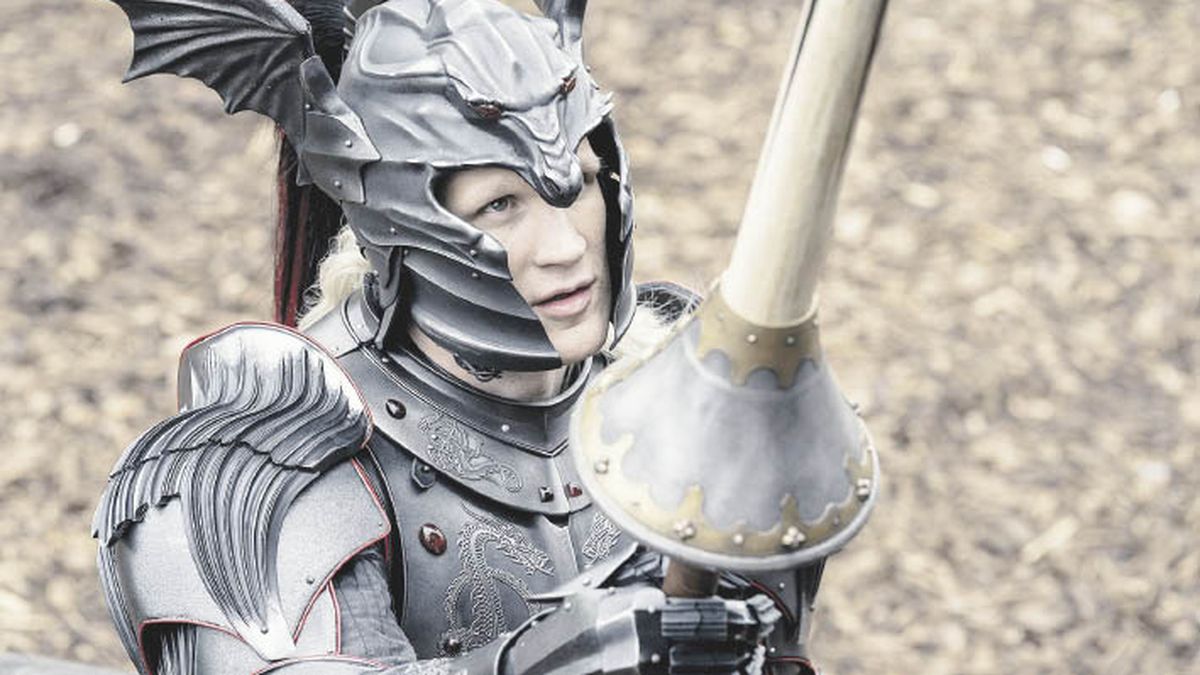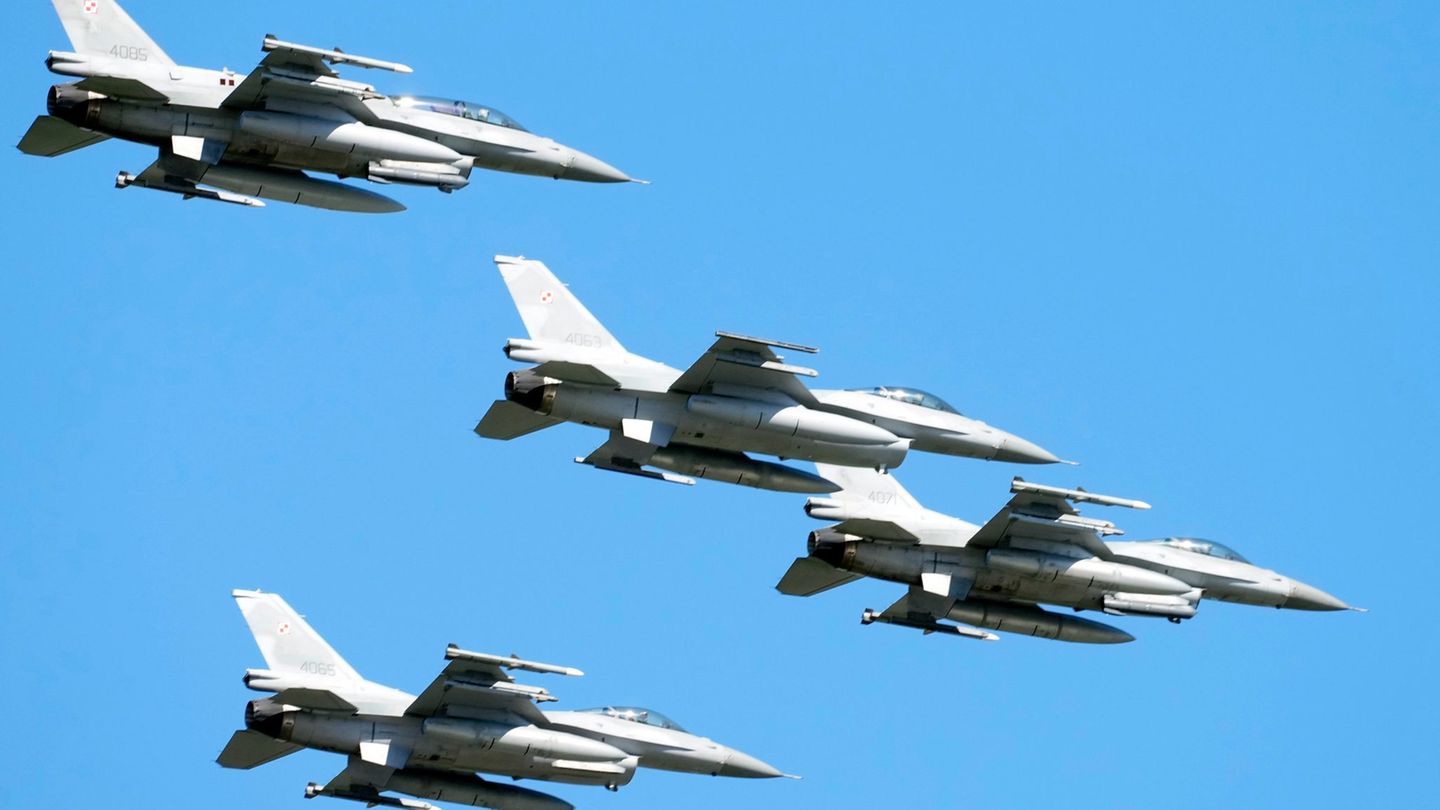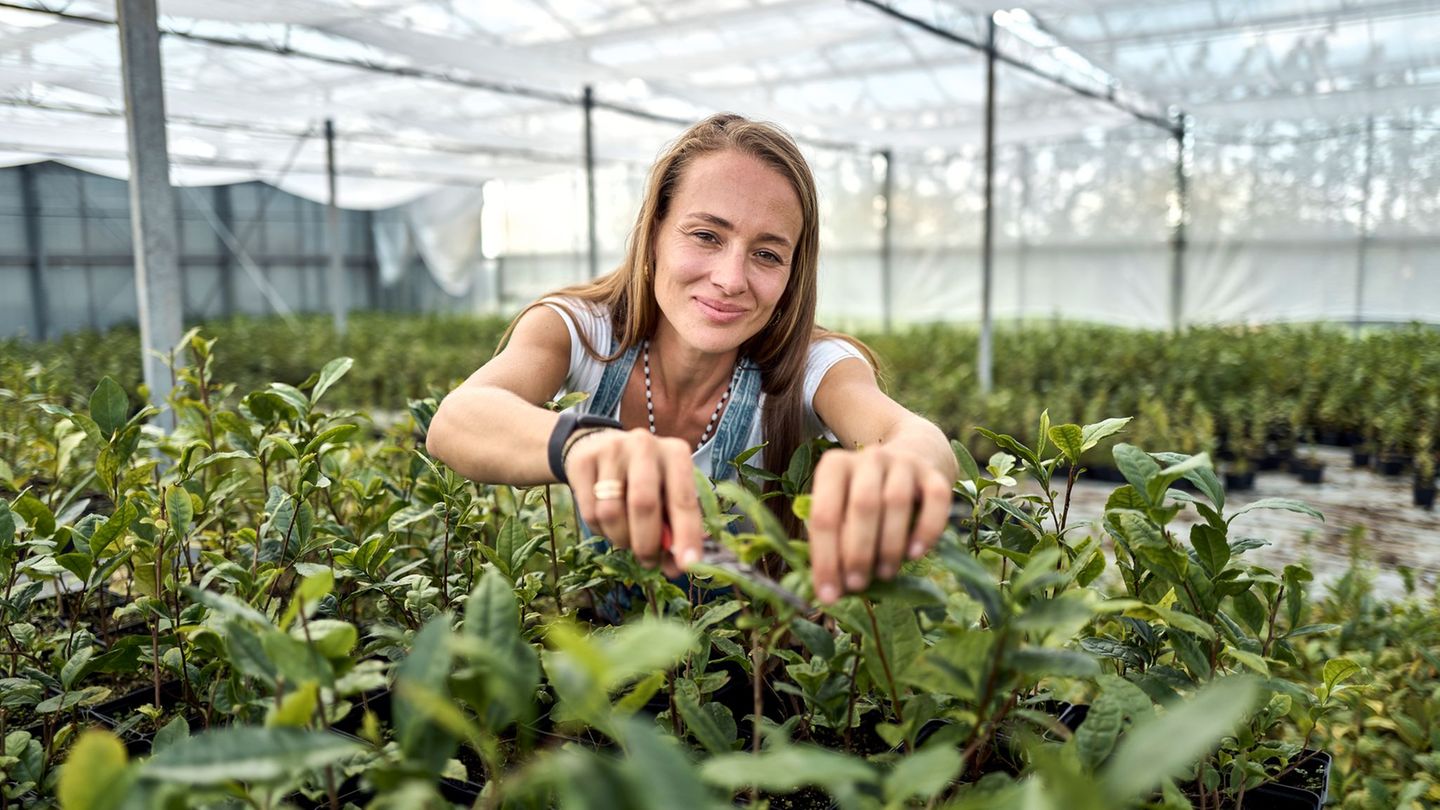Journalist: What was it like working as a co-writer for George RR Martin?
Ryan County: I learned more from him than from any other writer, and that’s partly because Martin had worked in TV for ten years and wrote in a very visual way. Back in 2018, HBO was already exploring ideas for “Game of Thrones” prequels while the final season was being shot and Martin was in Los Angeles. It was he who wanted to have lunch with me to work. I felt honored. Sometimes those encounters happen in which they promise you the world and you get excited but then you come to nothing. The next day my agent called me to ask if he had hooked me up with George RR Martin the day before. And he told me that HBO had called to write a pilot. The next month I sat down with Martin in his office in Santa Fe and we worked on chapter one. The crucial piece to fit into the creative puzzle was, at the time, the season finale of “Game of Thrones.”
Q.: How was working with Sapochnik as showrunner?
RC: He was in a very complicated filming of the final season. I think he did 11 straight weeks of nightly taping for the third episode called “The Long Night” and he told me that he would never have anything to do with “Game of Thrones” ever again.
Miguel Sapochnik.: With “Game of Thrones” each season was a challenge but also a trauma, so I was not convinced that I wanted to go back into that. Obviously I needed to rest but soon I was back in the ring. I also noticed that “House of the Dragon” was a different story so I joined.
Q.: How did you adapt from the role of director to that of co-showrunner?
MS: Being a showrunner on TV is like directing on a movie. In recent years it has tended to be a kind of medium between the writer and the screen, but the truth is that writers are producers, and that makes them showrunners. Directors are responsible for decisions, casting, color, style, all of that. But there is no tendency to divide but to resolve as a team; I took the script and we thought together with the author, and along the way we learned. The better we worked, we moved on to production, where time dictated that I couldn’t be in the writers’ room and he couldn’t be on set. We had to make decisions alone without each other’s consent, but at that stage we implicitly knew what the other would think.
Q.: What did you learn from the success of “Game of Thrones”?
MS: I learned and reinforce that the simpler the better it works. The challenge is to understand that with all the noise, paraphernalia and visual pyrotechnics that we can use, nothing is told if there is something to tell. Suddenly that became very evident and you have to do what is right for the job and for the audience to respond favorably. I prefer small scenes to massive ones, perhaps wondering from what point of view the story is being told and telling it from different angles.
Q.: How is this series linked to the book “Fire & Blood”?
MS: I didn’t read it, the writer read it but I didn’t want to read it because I want to have the same perspective as the thousands of viewers who didn’t read it. It also allows me to have ideas that, if they were already in the book, lead me to think that we are on the right track. I remember George RR Martin writing to us that he liked dragons to be of various colors. He felt that in the original they had lost color and were washed out. He made me reflect on those reptiles and the way they tend to be colorful, and that was my interpretation of the book and therefore correct if Martin liked it.
Q.: What role do dragons play in the series?
MS: This is a family show and the dragons are mostly tame. It takes place 200 years before “Game of Thrones”, when dragons were at their peak, they were weapons of mass destruction, and also creatures to ride and fly. We approach the dragons as in the original, which are not fantasy but huge animals. We also have a group that cares for dragons called Dragonkeepers. They treat the dragons as deities and do everything for them. It’s all about the mythology of fire and ice, but there’s less magic in this show than there was in the last.
Q.: How do you render the dragons on screen?
MS: We spent a year working with artistic concepts designing each dragon. Dragons are connected to their riders and we wanted the look on both to mirror each other while still keeping their individuality. Daemon Caraxes’ dragon is a misshapen dragon; Vhagar, the largest dragon in the world, is an old woman and the most powerful, but what she really wants is to sleep. And so Syrax, Rhaenyra and others. The important thing is that rider and dragon had a symbiotic relationship. The rider chooses the dragon from him, and once he has done so they are one for life until death do them part.
Source: Ambito
David William is a talented author who has made a name for himself in the world of writing. He is a professional author who writes on a wide range of topics, from general interest to opinion news. David is currently working as a writer at 24 hours worlds where he brings his unique perspective and in-depth research to his articles, making them both informative and engaging.




